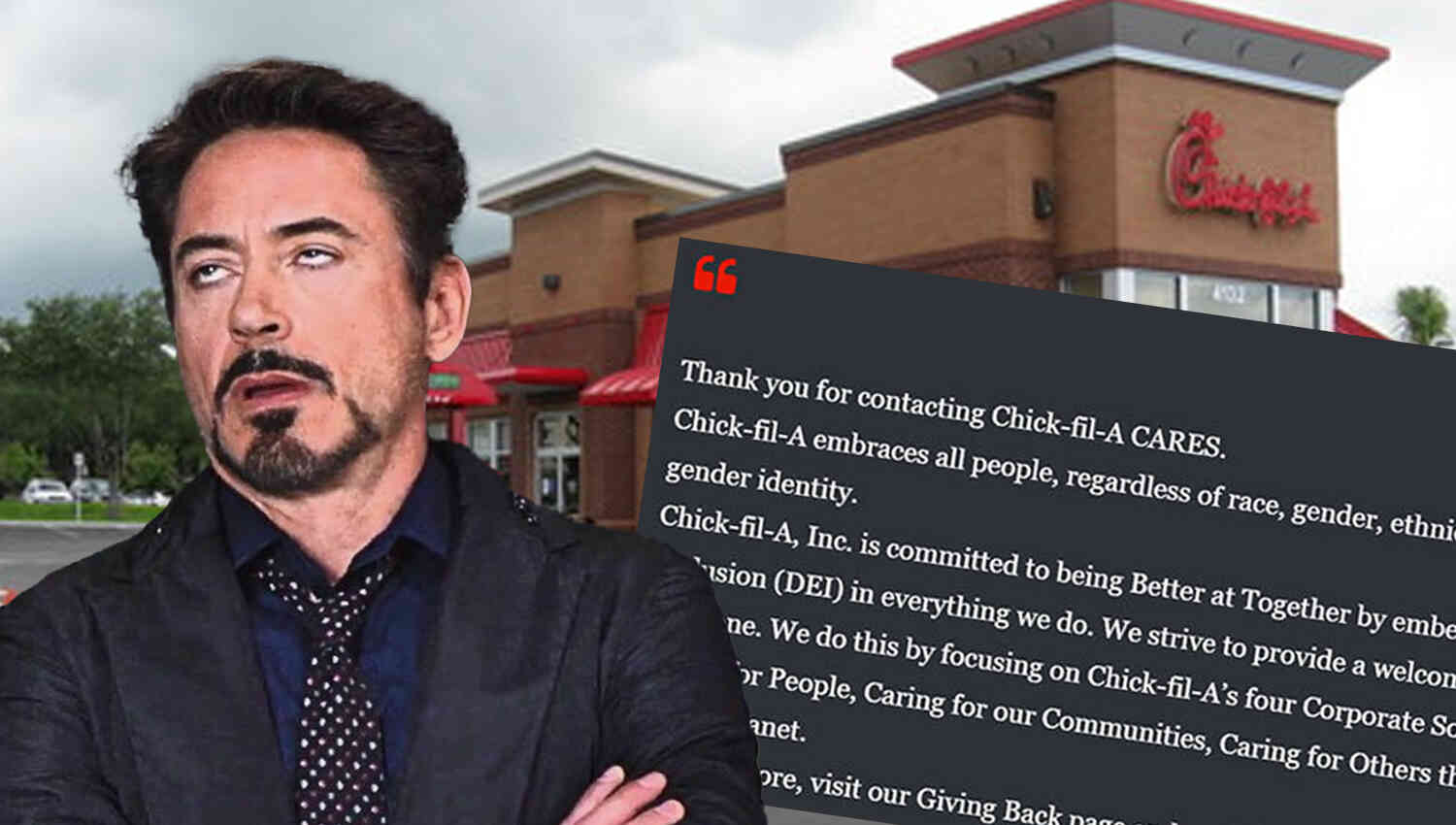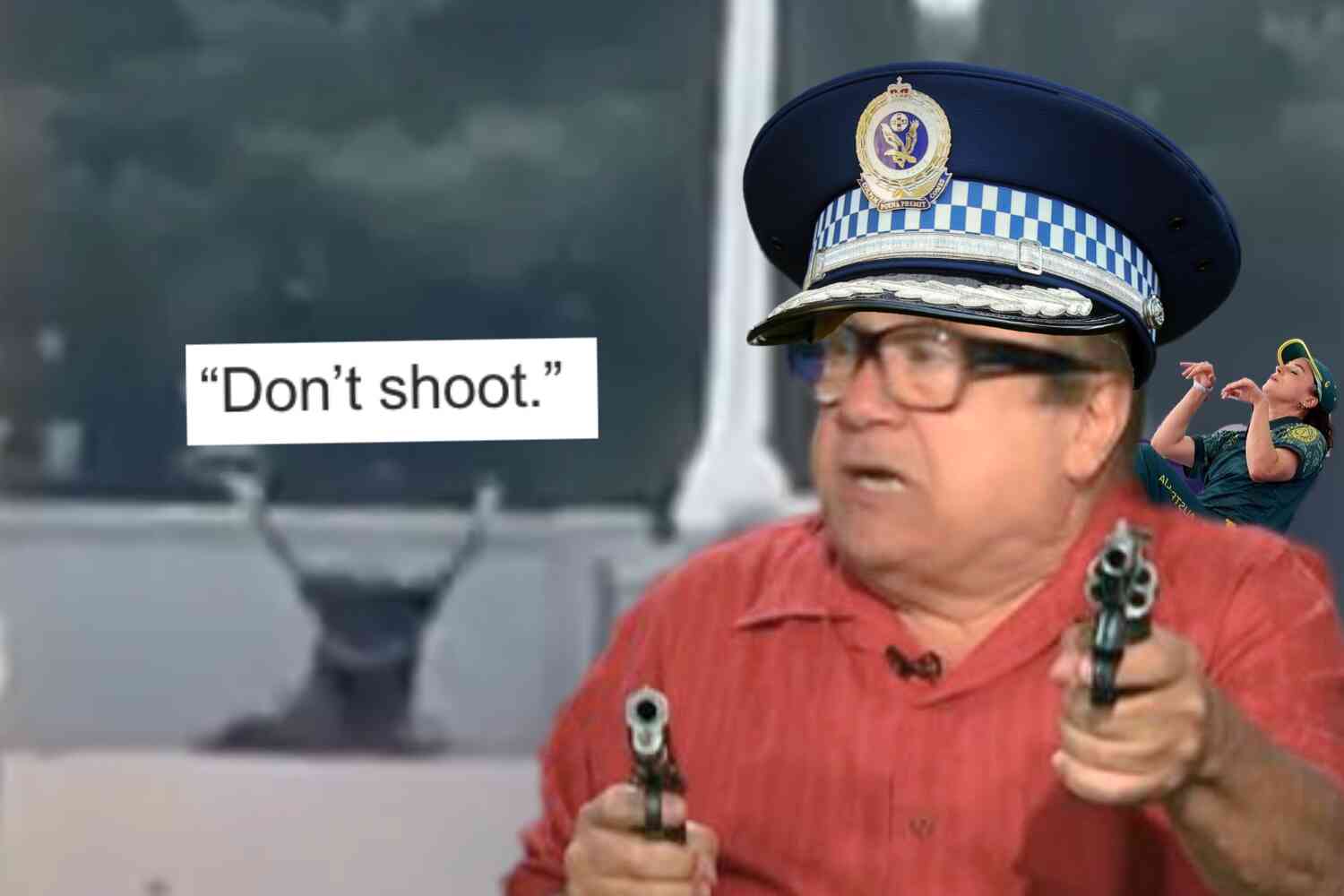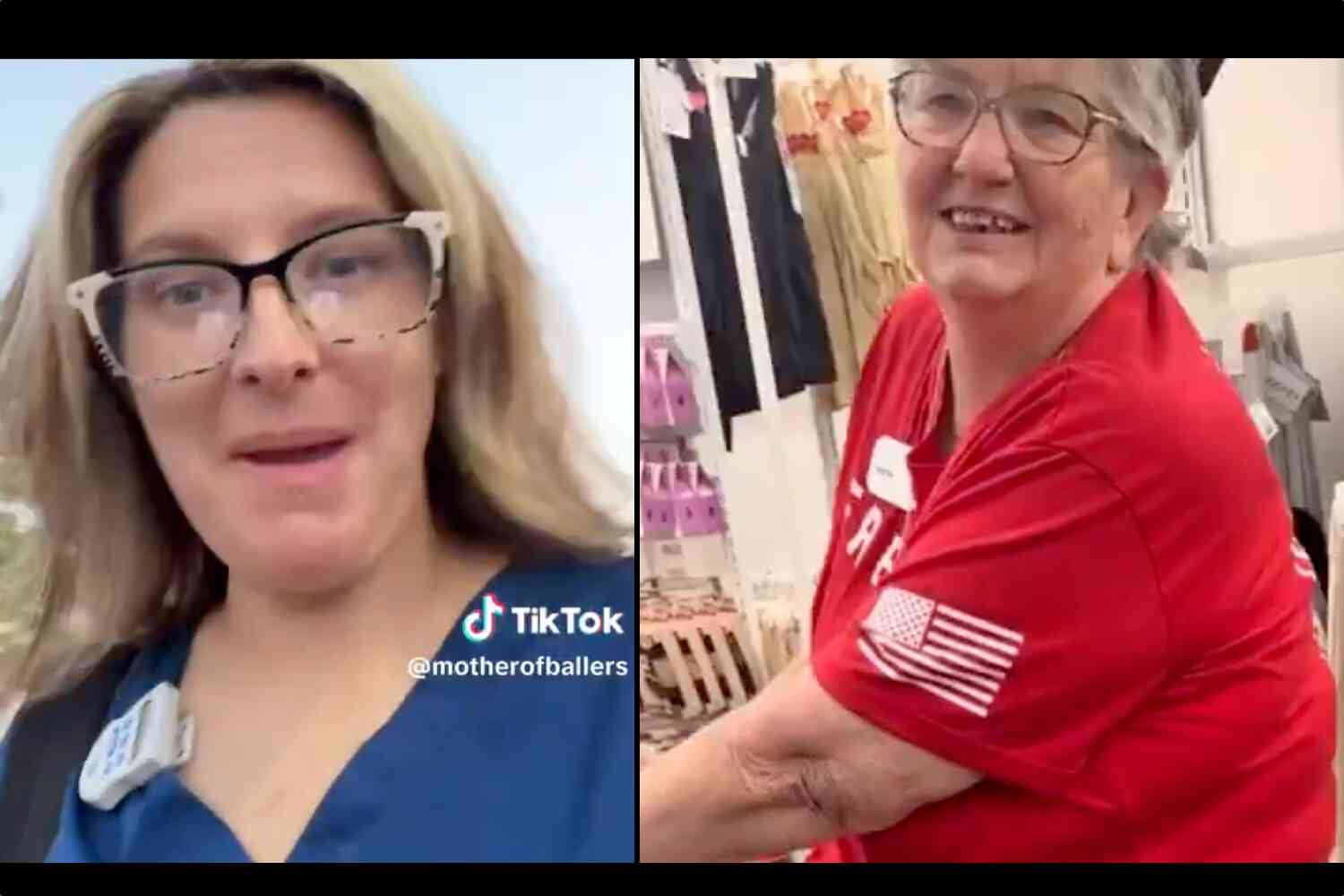Nearly two years ago, when the powers-that-be shut down most of the country and sent millions and millions of schoolchildren into indefinite isolation, a relatively small chorus of voices immediately began warning that the effects of such policy might actually be worse for kids than COVID is.
Well, that's obviously the case, and it's been readily apparent for well over a year now. Thankfully, more prominent voices are starting to take notice. But is it too late?
Citing mounting evidence of ongoing harm, U.S. Surgeon General Vivek H. Murthy on Tuesday issued a public health advisory on the mental health challenges confronting youth, a rare warning and call to action to address what he called an emerging crisis exacerbated by pandemic hardships.
We would be remiss if we failed to point out that "pandemic hardship" is a crude euphemism for "lockdowns, school closures, child isolation and other hysterically paranoid measures." Don't be fooled: "the pandemic" didn't do this to our kids, we did.
And it's really, really bad:
Symptoms of depression and anxiety have doubled during the pandemic, with 25% of youth experiencing depressive symptoms and 20% experiencing anxiety symptoms, according to Murthy's 53-page advisory. There also appear to be increases in negative emotions or behaviors such as impulsivity and irritability — associated with conditions such as attention deficit hyperactivity disorder or ADHD.
And, in early 2021, emergency department visits in the United States for suspected suicide attempts were 51% higher for adolescent girls and 4% higher for adolescent boys compared to the same time period in early 2019, according to research cited in the advisory.
Did you catch that? It's not just that a whopping one-quarter of all children are experiencing "depressive symptoms" and one-fifth are dealing with "anxiety symptoms." It's that the rate of those problems doubled. That's simply unheard-of; it's unprecedented.
Yet it is understandable. Consider just one grim account of lockdown schooling from one student at one school:
"For most of my classes, it was just names in a box — no microphones being turned on, no cameras, no chat...Unless the teacher says: ‘Say yes, if you're still here,' it was just ghost town, kind of."
So what are schools and public officials doing to try and reverse this dismal trend? Are they finally acknowledging that young people are at very little risk from COVID? Are they at long last dropping the oppressive, crippling mitigation measures that have been so ruinous to the health of so many untold students?
Well, not exactly:
The advisory recommends that government — at the local, tribal, state and federal level — invest in a pipeline for counselors, nurses, social workers and school psychologists.

Maybe instead of developing a "pipeline" for mental health workers, we should immediately and comprehensively address the self-imposed policies that are driving this brutal mental health scourge in the first place.









